Beartooth Nature Center in Red Lodge
An assortment of animals and birds with catchy names, quirky personalities, and compelling stories have found a home at the Beartooth Nature Center on the outskirts of Red Lodge, Montana. Thor, a North American lynx, Harry, the magpie, Cheyenne, the barn owl, and Helen, a mountain lion, and others in the furred and feathered menagerie can’t be returned to the wild because they’ve been injured or imprinted by humans. The Center takes these animals in, much like foster children, nurtures them and then gives them a new purpose. The animals and birds who reside there teach us how the ravages of nature and our human mistakes affect the wildlife of our region.
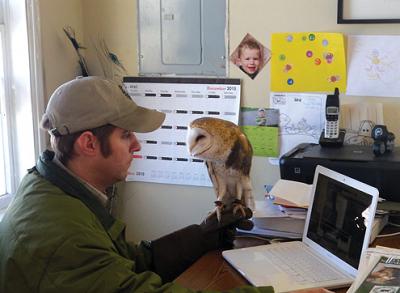
There are few places in Montana or Wyoming where you can see wildlife up-close; feel a mountain lion’s whiskers twitch, watch a barn owl blink, or see a playful raccoon peek through a weathered fence. And who knows what the black bears, the red fox, the porcupine, the coyote, the turtles, the turkey vulture, pheasants, and mule deer might do on the day of your visit? Smiley, the mule deer, has been known to nuzzle up to the fence line to greet visitors. She may let you touch her antlers, which are, to the surprise of many, warm and furry.
Ewelt, who took the helm at Beartooth Nature Center in 2008, is now known as “Jeff the Nature Guy.” Since then, he’s had too many calls from well-intentioned hunters, hikers and other outdoor enthusiasts who’ve found a fawn, a bunny or other wild infant and brought it to BNC.
“If you care,” said Ewelt, “leave it there.” Chances are good that mama is close by. Ewelt suggests folks leave animal babies where they lay and notify the local sheriff or game warden. Human interference endangers the maternal bond and affects an animal’s ability to survive as wildlife in the mountains. Helen, the mountain lion, was abandoned as a kitten because she had a lung infection. She’s grown up to become “the face” of Beartooth Nature Center. Lewis and Clark, twin lion kittens, were orphaned when their mother was shot by a hunter while carrying them in her mouth across a private field.
Imprinting can occur when wild animals are taken in by humans as pets and for a variety of reasons, the relationship can’t continue. Harry, the magpie, is a good example of what can go wrong. Harry lived the tamed life for years to the amusement of his famous Montana owner. He could say his name, “hello,” “no,” and mimic social banter. Then, Harry began pecking at the heads of his owner’s guests. What’s a magpie to do when he’s met Mikhail Gorbachev and tasted barbequed buffalo? Surviving in the wild for Harry, and other Center residents, is no longer an option. Luckily, there was room for him at Beartooth Nature Center. When animals are turned away, it’s because of insufficient funds for food and long term care or inadequate facilities. All wildlife acquisition at BNC must pass local, state and federal permitting regulations.
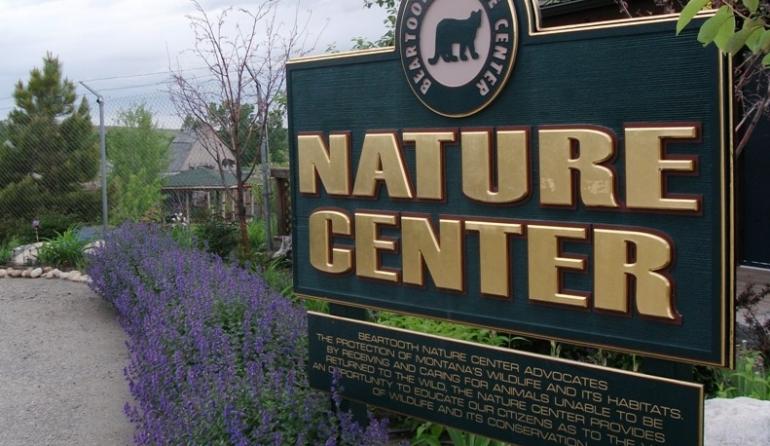
Ewelt is mindful of the downside of captivity for the animals under his care. “They get bored easily,” he noted. After settling in as director, Ewelt took to training Cheyenne, a barn owl who suffered lung damage from smoke inhalation in a Wyoming forest fire. With her diminished lung capacity, Cheyenne gets winded easily and can’t sustain the long flights needed for hunting. Birds of prey, Ewelt explained, need to know humans won’t hurt them. Ewelt began sitting in the barn owl pen for long stretches at a time. Slowly, he introduced Cheyenne to a leather glove, food and a tether. Captive animals have different needs and behavior than those in the wild and training gives them a purpose.
“Cheyenne is reclusive by nature,” Ewelt said. “She’ll give you the look of death if she’s not in the mood for training. I’ve learned to just walk away!” With her new skills, Cheyenne has travelled to elementary schools, posed for art classes, and appeared on a web cam. Ewelt affectionately describes Cheyenne as a “skinny bird, mostly legs, fluff and feathers, at about 1 1⁄2 pounds.”
Just as Ewelt and his family, originally from Florida, have learned to love the changing seasons and the temperamental climate of the area, Ewelt is counting on Red Lodge to tolerate changes in the Center’s annual fundraiser. What was once the “Feast for the Beasts” held in a lovely local hotel, the friend-raiser is now tagged “Feast with the Beasts.” It will be held outside on the Center’s grounds. The “Feast” raises about 10 percent of the annual budget. The remainder of the budget comes from memberships, entrance fees, grants, and gifts.
Red Lodge has a soft spot in its heart for the Beartooth Nature Center and its animals. The Center traces its beginnings to a fur farm established in the early 20th century. The fur farm evolved into a zoo as the Beartooth Highway was being built to connect Red Lodge with Cooke City and Yellowstone National Park. The dedication as an educational wildlife refuge came in the 1990s. The current mission, as Ewelt articulates it, is protective, educational, and interactive.
“We want to provide the best animal care for our critters, the best educational experience for those who want to learn more, and the most interesting animal interaction for visitors.” Ewelt appears to be hitting the mark. Under his leadership, visitor numbers are up substantially and revenue trends are even better. As the Center dreams about a move to a 20 acre parcel north of town, lush with aspen groves, wetlands, and Rock Creek, Ewelt is determined that the Center be on solid financial footing and that the animal quarters and care be the best possible at the existing site.
Meanwhile, every day is a new day at Beartooth Nature Center. Thor, the North American lynx, and one of the region’s most elusive wild cats, with his huge snowshoe feet, bobbed tail, pointed ears and beard, is becoming acclimated to an animal harness. While Thor does his thing, Ewelt is busy building partnerships with ZooMontana and the Audubon Conservation Center in Billings and the Montana Raptor Center in Bozeman. He’s collaborating with the Science department at Montana State University-Billings to study the impact of forest fires on wildlife and habitat and looking for new and better ways to serve the injured and imprinted animals of the Yellowstone ecosystem.
Beartooth Nature Centeris open year round. Winter and summer hours vary and admission fees are charged. The turn-off to the Center is located 1⁄2 mile east of the Cenex gas station on the north end of Red Lodge. Turn left on 2nd Street East off Highway 212. Call (406) 446-1133 or look them up at: www.beartoothnaturecenter.org.
Don’t be disappointed if you visit in the winter months and the four resident black bears aren’t in sight. They’re hibernating and will reappear in April or May.
~ Virginia Bryan is a free-lance writer from Billings. She is completing her MFA in Creative Nonfiction at the University of New Orleans and is the Chair of the High Plains Book Awards Committee, a project of the Parmly Billings Library.
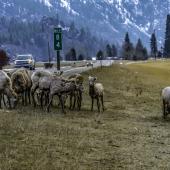
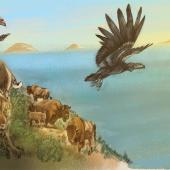
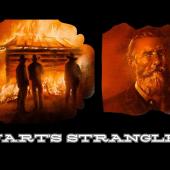
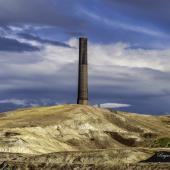
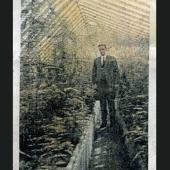
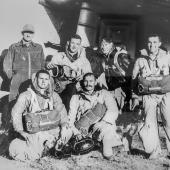
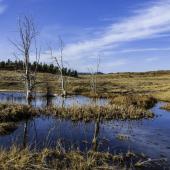
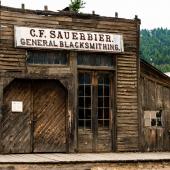
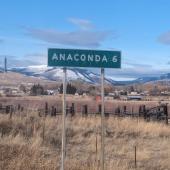
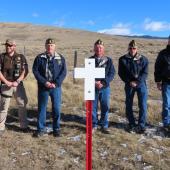
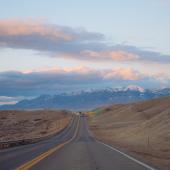
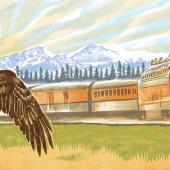
Leave a Comment Here